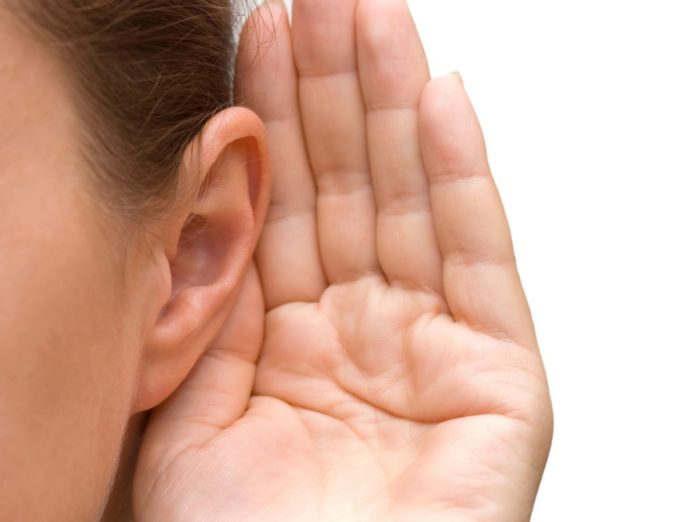According to an estimate, almost 360 million people worldwide have disabling hearing loss or some deafness. It may result from genetic causes, complications at birth, certain infectious diseases, chronic ear infections, the use of particular drugs, exposure to excessive noise, and aging.
Now, scientists have found the mechanism behind this. The sensory cells in the inner ear turn sound waves into the electrical signals that the brain understands as sound. But the molecular details of this translation process remained elusive.
Now, new research from the University of Maryland School of Medicine (UM SOM), has identified a crucial protein in this translation process. This is the first study that illustrates how a particular protein, which is known as CIB2, allows the hearing to work.
CIB2 is short for calcium and integrin-binding protein 2, essential for the structure of stereocilia. It is the structure at the top of the sensory hair cells in the inner ear. Stereocilia are extremely small, less than a half a micrometer in diameter, which is about the wavelength of a visible light. Each ear contains 18,000 hair cells that do not divide or regenerate.
Zubair Ahmed, professor in the Department of Otorhinolaryngology-Head and Neck Surgery at UM SOM said, “We are very excited by these results. This tells us something new about the fundamental biology of how hearing works on a molecular level.”
In this study, scientists genetically engineered mice without CIB2, as well as mice in which a human CIB2 gene mutation had been inserted. They found that the human mutation affects the ability of the CIB2 protein to interact with two other proteins, TMC1 and TMC2, which are crucial in the process of converting sound to electrical signals. This process is known as mechanotransduction.
When the researchers inserted the human CIB2 mutation into the mouse, they found that the mice were deaf.
The study’s co-senior author, Gregory Frolenkov said, “This is a big step in determining the identity of key components of the molecular machinery that converts sound waves into electrical signals in the inner ear.”
Now scientists are looking for other molecules beyond CIB2 that play a key role in the process. They are also exploring potential therapies for CIB2 related deafness.
